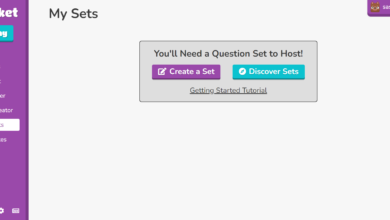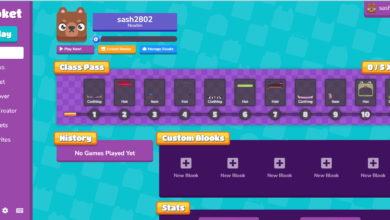Online vs traditional education: All you need to know

Education, one of the most significant pillars of society, has evolved a lot over the years. One of the key drivers of transforming education is technology. It has brought such change in education that seems irreversible now and raises a question of Online vs traditional education. The recent pandemic outbreak proved the significance of technology in education when an online mode of learning enabled the continuation of education around the globe.
Although people faced difficulties in adopting the new model of learning within a few days, they became comfortable with it. Now we see online education as an integral part of our education system.
The recent hot topic in education is the difference between both forms of education and which one is better. Online education refers to learning that employs modern technology to deliver education without face-to-face interaction in a physical setting.
Its counterpart is traditional education which refers to the traditional method of learning using classrooms, boards, and other resources in a physical setting. Here is a comparison between online and traditional education with everything you need to know about both types of education.
Flexibility
Online education has gained much popularity due to its high flexibility. Today’s dynamic world has made everyone busy from dawn to dusk. Unlike earlier times, multitasking requires time, and people are engaged in multiple activities throughout the day. An educational system that offers a flexible learning schedule is a problem-solver in such a situation. Online education allows students to design their study schedules according to their convenience. Instead of struggling to keep up with your class timings, you can mold online classes into your routine.
Traditional education lacks flexibility compared to online education for those with hectic routines. For those having lenient routines, traditional education might not be a significant issue as far as flexibility is concerned. You cannot customize your class timings according to your convenience as it is fixed for all students, and a single student cannot influence the timetable for all others.
Learning resources
The internet application in online education enables the use of several online learning resources available for students at either low cost or for free. Instead of buying books, students can easily access pdf books on the internet, articles and lectures to get assistance in their learning. Online dissertation writing service uk can help them solve their difficult assignments easily and accurately. Multiple tutorials and lectures are available in various languages on Youtube for students’ reference. They have greater learning opportunities if they have access to the internet.
Traditional education employees traditional learning resources, including books and useful papers in the library. Students have to buy some books and bring them to school for learning. They have to spend hours in libraries looking for books and reading them to find the relevant information. Apart from that, the greatest learning resource for them is the lecture delivered by the teacher in class that they note and can refer to whenever needed.
Social interaction
A significant difference between traditional and online education is the social interaction involved in both. Online education causes a great cut off in the opportunities for social interaction among students. They either interact with others virtually or prefer not to interact with others at all.
Virtual interaction can sometimes prove beneficial when you do not get a chance to interact face-to-face. It also saves time on both ends. However, excessive inclination towards virtual interaction can be problematic in some cases. This drives them towards isolation leading to a lack of confidence, stress and anxiety.
Traditional education involves social interaction daily among students and teachers. It allows students to learn to live and work with others who may be different from them. It improves their social skills when they meet and interact with people regularly. It also boosts their confidence to collaborate with others and share their ideas with them. The interaction between teachers and students plays a significant role in improving learning outcomes.
Discipline
Students are solely responsible for being disciplined towards their study schedules when it comes to online classes. They need to be motivated and dedicated to learning; otherwise, they can easily get distracted, and the learning process will be affected. The edge provided by flexibility may turn into a disadvantage if students become lazy due to the flexibility offered by online education. Students need to apply different strategies to keep themselves motivated for studies and minimize distractions.
On the other hand, traditional education is a source of disciplining students. The strict and rigid schedule trains students to be punctual and disciplined in their routine to achieve their goals. The responsibility of motivating students and disciplining them lies greatly on the shoulders of the teachers. Students following a traditional educational system are more organized and do not need extra effort to motivate themselves to prevent wastage of time and educational resources.
Time and cost-effective
Online education is time-efficient as students can get connected with the class when it starts and leaves immediately after getting done. There is no need to sit and wait for the teacher to come. You can easily do other chores until the class resumes. It also saves the time and cost of traveling from one place to another to reach school, college, or university. The time and cost-saving, as a result, can be utilized for some better use. The major cost of online education is getting a stable internet connection and a sophisticated device. It is a one-time cost that can be recovered within no time.
Traditional education is comparatively more costly and less time-effective. Students are required to follow the rigid schedule issued by the school that involves much time spent in non-productive activities. They also have to commute daily to reach school and return home. It adds up to the cost and time involved in the process. The cost spent on a daily commute may put a financial burden on parents and consume their time.
An analysis of online and traditional education shows that both have their respective pros and cons. To deal with these issues and maximize benefit, a blended learning model may be a good option for employees to combine both modes of education.




